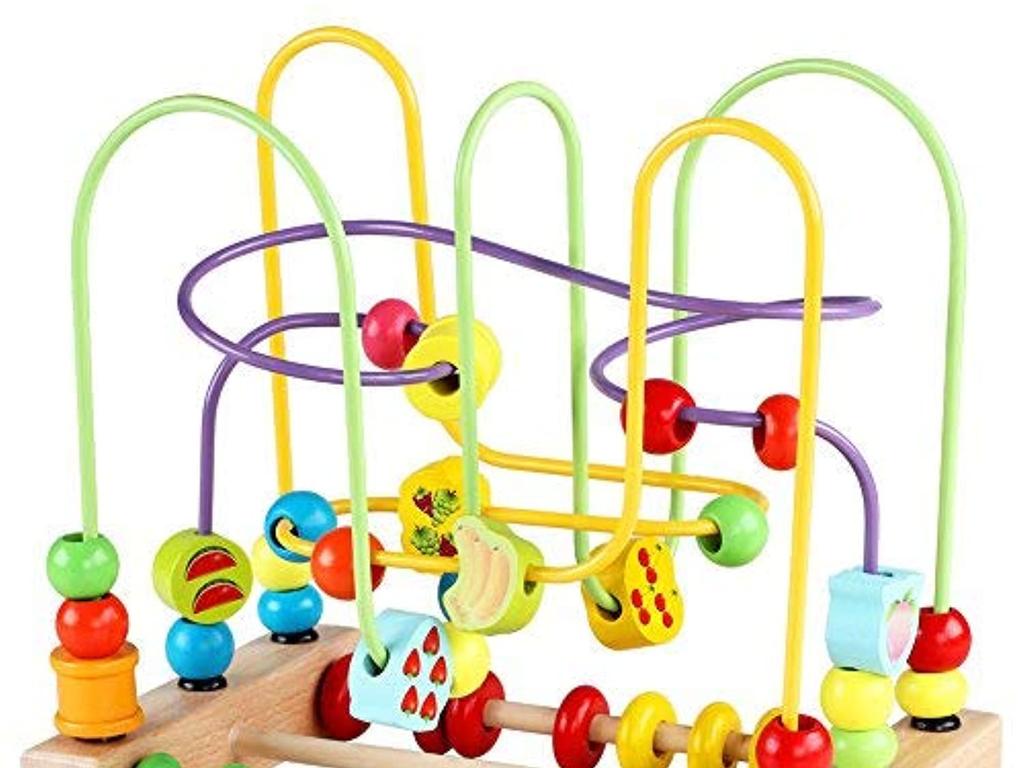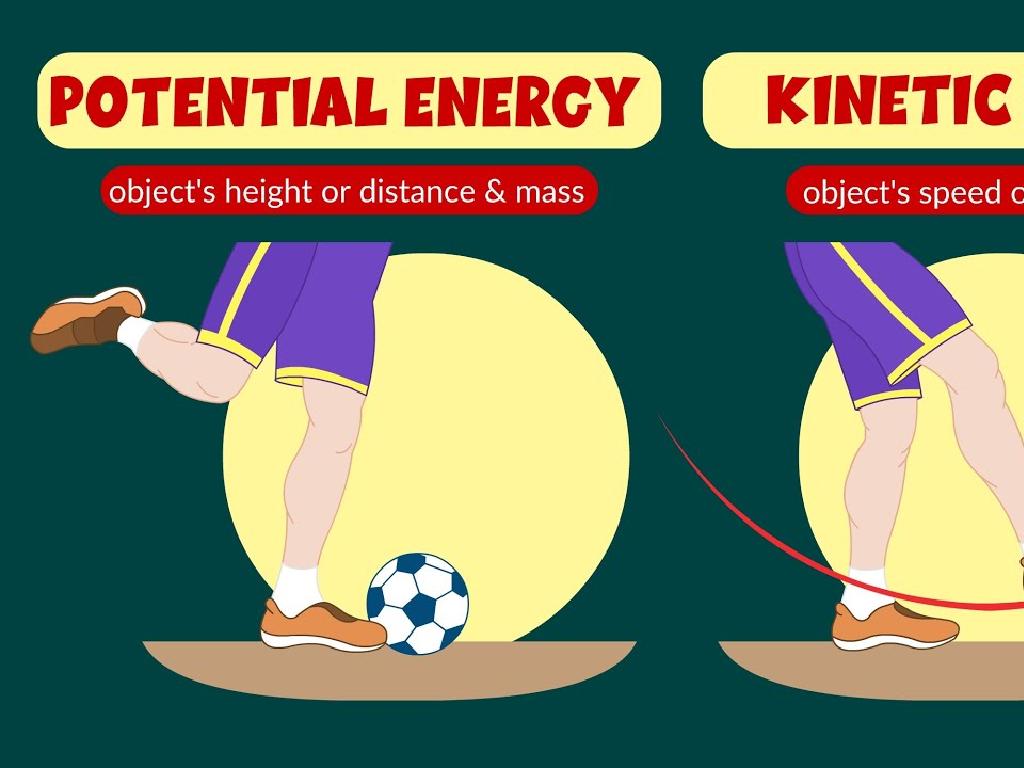Select The Words That Don'T Belong
Subject: Language arts
Grade: Fifth grade
Topic: Categories
Please LOG IN to download the presentation. Access is available to registered users only.
View More Content
Introduction to Categories
– What are categories?
– Groups with shared characteristics, like ‘fruits’ or ‘animals’.
– Importance of categorizing
– Helps organize thoughts and communicate clearly.
– Examples of categories
– Fruits: apple, banana, orange. Animals: dog, cat, fish.
– Activity: Find the odd one out
– Choose a category and identify words that don’t fit.
|
This slide introduces the concept of categories, which are groups of items that share common characteristics. Understanding categories is crucial for organizing information and communicating effectively. Provide simple, relatable examples such as types of fruits or animals to illustrate the concept. Engage students with an activity where they select a category and pick out words that don’t belong, reinforcing their understanding of the concept. This activity will help students to think critically about how items are grouped and the reasons behind these groupings.
Grouping Words by Categories
– Learn to group similar words
– Examples: Fruits, Animals, Colors
– Apples, bananas, oranges vs. dogs
– Class Activity: Grouping Exercise
– We’ll do a fun game to group words together
– Discuss why some words don’t fit
– Understand why a carrot isn’t a fruit
|
This slide introduces the concept of categorization, a key skill in language arts that helps with vocabulary development and comprehension. Start by explaining how to group words by similarities, such as all fruits or all colors. Provide clear examples to illustrate the concept. For the activity, prepare a list of mixed category words and ask students to quickly group them into the correct categories. This interactive exercise will engage the class and reinforce the lesson. After the activity, discuss as a class why certain words didn’t belong to specific groups, enhancing critical thinking skills. Make sure to provide guidance and positive feedback throughout the activity.
Identifying Outliers in Categories
– Understand what an outlier is
– An outlier is something that doesn’t fit in with the rest of the group
– Reasons words may not fit a category
– Words can be outliers due to meaning, usage, or characteristics
– Class Exercise: Spot the outlier
– We’ll practice finding words that don’t match the others in a list
|
This slide introduces the concept of outliers in the context of categorization, a key skill in language arts. An outlier is an item that doesn’t belong with the others based on certain criteria. In language arts, this often means a word that doesn’t match the common category of the rest. For example, in a list of fruits (apple, banana, carrot, orange), ‘carrot’ is the outlier because it’s a vegetable, not a fruit. During the class exercise, present students with several lists of words and ask them to identify the word that doesn’t belong, explaining why. This activity will enhance their critical thinking and vocabulary skills. Provide guidance and support as needed, and encourage group discussion for collaborative learning.
Select the Words That Don’t Belong
– Use critical thinking skills
– Identify words that seem out of place in a category
– Read list & discuss with partner
– Work together to find reasons why words don’t fit
– Share findings with the class
– Explain your thoughts to your classmates
|
This slide introduces an activity focused on categorization and critical thinking. Students will practice identifying words that do not belong in a particular group. Encourage them to read the list of words carefully and use their critical thinking skills to determine which word seems out of place. They should discuss their reasoning with a partner to reinforce their understanding. Afterward, they will have the opportunity to share their findings with the class, allowing for a collaborative learning experience. This activity helps develop analytical skills and vocabulary comprehension. As a teacher, facilitate the discussion by asking probing questions and guiding students to explain their reasoning clearly.
Odd One Out: Group Activity
– Play ‘Odd One Out’ in groups
– Find words that don’t fit
– Look for words that don’t match the category
– Discuss reasons with your group
– Use clues from the words to decide
– Share your findings with the class
|
This activity is designed to enhance students’ critical thinking and categorization skills. Divide the class into small groups and provide each with a list of words, among which they must identify the one that doesn’t belong to the common category. Encourage them to discuss within their groups why certain words don’t fit, fostering communication and reasoning. After the activity, ask each group to present their odd word out and explain their thought process. This will help students understand how to use context and categorization to analyze language. Possible variations of the activity could include using pictures, synonyms/antonyms, or having students create their own lists for others to solve.
Class Activity: Create Your Own Categories
– Choose a category theme
– List items that fit your category
– Spot the outliers
– Find words that seem out of place
– Explain why they don’t belong
– Use reasoning to justify your choices
|
This activity is designed to help students understand the concept of categorization by creating their own categories and identifying items that do not belong. Students should think of a theme, such as ‘fruits’ or ‘musical instruments’, and list items that fit into that category. Then, they should add a few items that do not belong and explain their reasoning. For example, if the category is ‘fruits’, an outlier might be ‘carrot’, and the reason it doesn’t belong is that it’s a vegetable, not a fruit. This exercise will enhance critical thinking and reasoning skills as students must justify their choices. Encourage creativity and discussion among students about why certain items are outliers.
Conclusion: Understanding Categories
– Recap of Categories lesson
– Importance of categorization
– Helps organize thoughts and identify what doesn’t fit
– Review of today’s activities
– Discuss the exercises we did in class
– Reflect on learning outcomes
– Think about how this skill helps with reading and writing
|
As we wrap up today’s lesson, it’s crucial to revisit the main points about categories and the significance of identifying words that don’t belong. Emphasize how categorization is a key skill that aids in organizing information and spotting outliers, which is essential in various subjects and everyday life. Review the activities completed during the lesson, such as sorting words into groups and finding the odd one out, and discuss what the students have learned from these exercises. Encourage the students to reflect on how this skill can help them in understanding context in reading and clarity in writing. This reflection will help solidify their understanding and the practical application of the lesson.
Homework: Find the Outliers
– Take-home worksheet completion
– Identify non-fitting words
– Find words that don’t match the rest in a list
– Understand word categories
– Words belong to groups based on meaning
– Discuss answers in next class
|
This homework assignment is designed to help students practice the concept of categorization by identifying words that do not fit within a given category. The worksheet will list groups of words where one word does not belong. Students must use their understanding of the words’ meanings and the context they are used in to determine the outliers. Encourage students to think critically about why certain words belong together and why others do not. In the next class, we will discuss the answers, which will help reinforce the concept and allow students to learn from each other’s insights.






